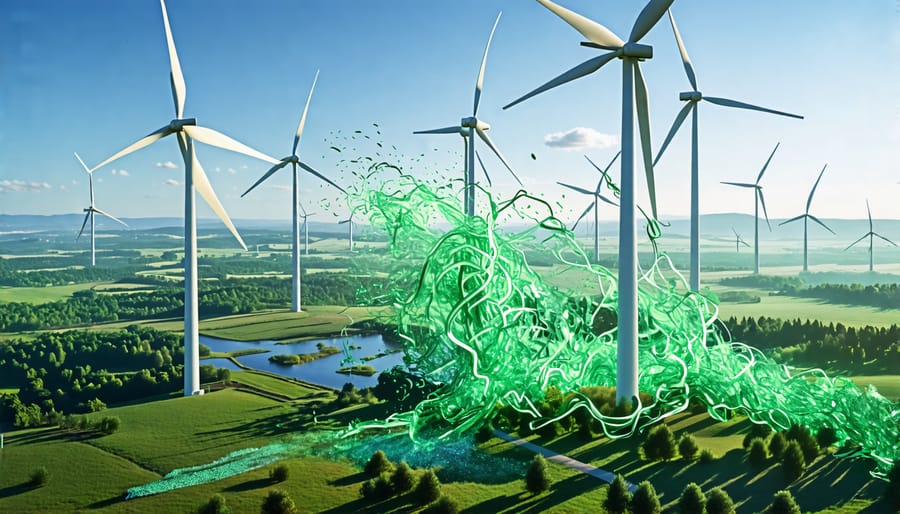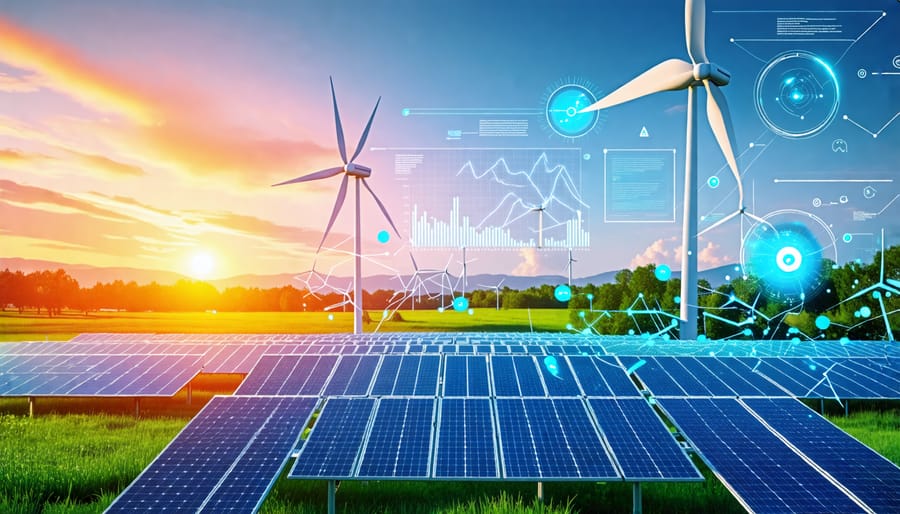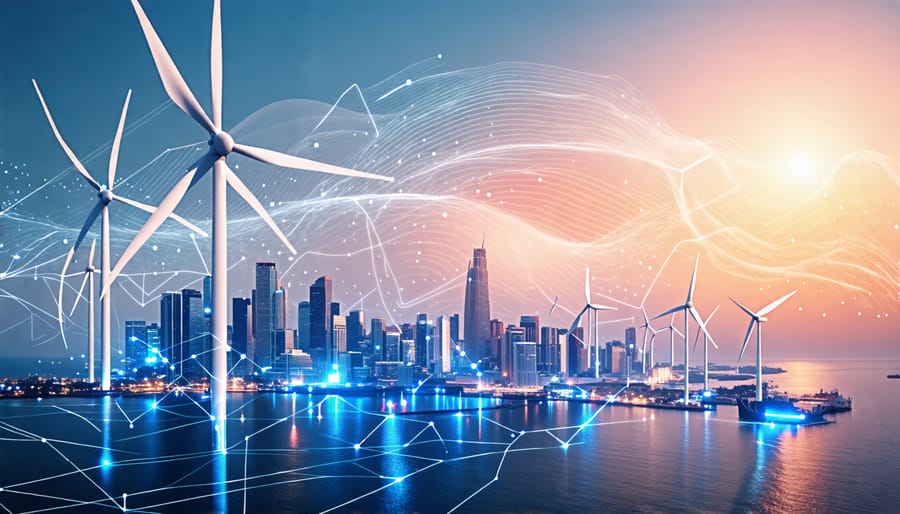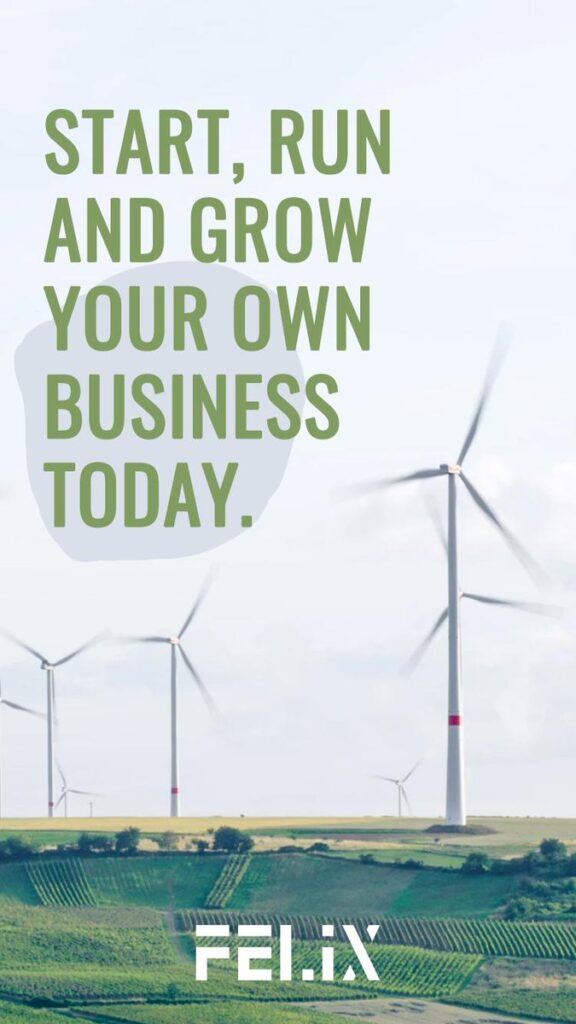Embrace innovative recycling by separating wind turbine components into blades, towers, and nacelles for targeted material recovery. Leverage chemical processes for decomposing fiberglass in blades, enabling reuse and reducing environmental impact. Collaborate with manufacturers to design turbines with end-of-life disassembly in mind, promoting easier recycling and integration of sustainable materials. Engage in partnerships with local communities and industries to establish recycling plants that minimize transportation emissions and foster green job creation. Use expert insights and data-driven strategies to drive policy-making that incentivizes recycling efforts and promotes a circular economy in wind energy.
The Rise of Wind Energy and Its Environmental Impacts
The global push towards sustainable energy sources has led to a significant rise in wind energy, with turbines dotting landscapes from the plains of the U.S. Midwest to the coasts of Europe. This surge is attributed to the considerable wind energy benefits such as reducing greenhouse gas emissions and decreasing dependence on fossil fuels. As the world shifts towards greener energies, wind power is expected to play an even larger role. However, this growth comes with its own set of environmental impacts.
While the advantages are evident, it is crucial to address the environmental considerations accompanying this development. Wind farms can affect local ecosystems, particularly concerning bird and bat mortality rates, which poses a challenge for conservation efforts. Real-life examples, such as those in Spain and the U.K., show how technology and design innovations, like radar systems and bladeless turbines, are minimizing their impact on wildlife.
Collaboration between industry experts and environmentalists is leading to promising solutions. For instance, the reuse and recycling of turbine components are gaining traction, lowering waste and further mitigating negative effects. The wind energy sector’s commitment to sustainable practices not only enhances its positive environmental contributions but also secures its future viability. As technology advances and regulations adapt, the prospect for wind energy remains optimistic, promising a cleaner, more sustainable world while striving to harmonize technological progress with ecological preservation.
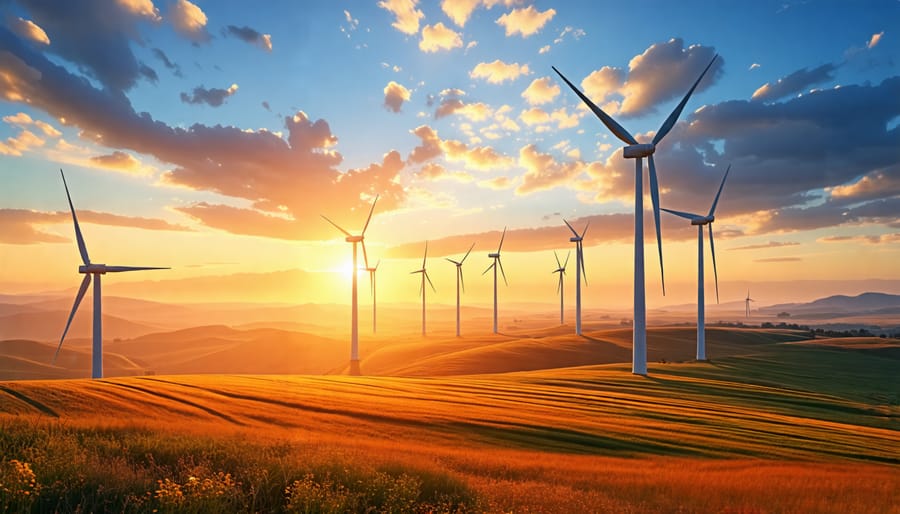
The Lifespan and Challenges of Wind Turbine Components
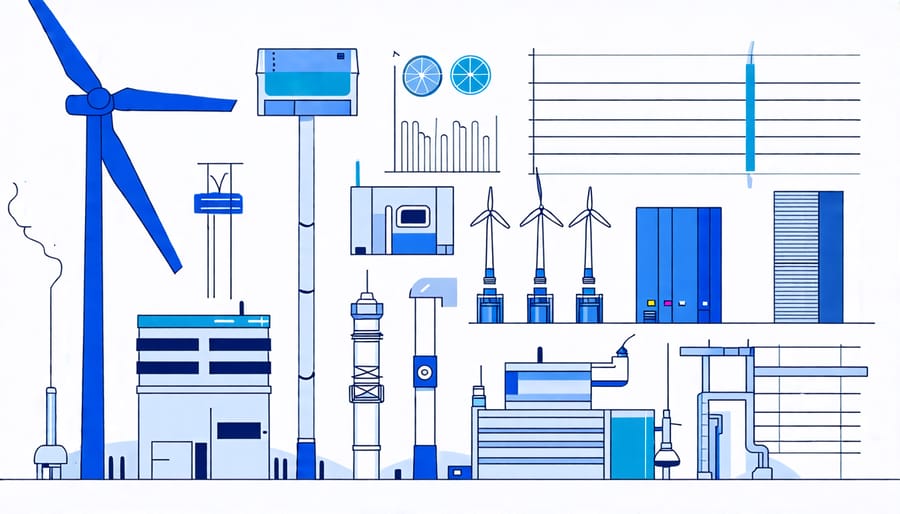
Understanding Wind Turbine Components
Wind turbines boast a wide array of components, each crafted from different materials, posing unique recycling challenges. The tower, typically made from steel, can be effectively recycled due to its straightforward composition. Meanwhile, the nacelle houses intricate components like the gearbox, generator, and electrical controls, demanding careful disassembly and material sorting before recycling. The rotor blades, often constructed from fiberglass or carbon fiber composites, present the most significant challenge. These resilient materials make the blades durable but difficult to break down, frequently ending in landfills. Despite these hurdles, innovations are underway to curb such waste, including methods to repurpose blade composites for construction material or to develop biodegradable resins for future blade designs. Understanding these components and their recycling complexities is key to advancing sustainable practices in the wind energy sector, ensuring that these green giants maintain their environmentally friendly promise throughout their lifecycle.
Challenges in Recycling Turbine Blades
Recycling turbine blades presents significant challenges due to their composition, primarily fiberglass—a material prized for its strength and lightness but notoriously difficult to repurpose. These blades are designed to withstand extreme conditions and can last over 20 years, complicating the recycling process when they reach end-of-life. Unlike metals in other turbine components which can be melted down and reused, fiberglass doesn’t easily break down. This has traditionally led to blades ending up in landfills, posing environmental concerns.
Efforts to innovate in this area are promising, from developing chemical recycling processes that break down the epoxy resins to pilot projects focusing on repurposing fiberglass into new materials. For instance, one pioneering approach involves grinding the blades into fine particles to use as fillers in concrete or to create new composite materials. These advances reflect a spirit of optimism and collaboration in the renewable energy industry, highlighting the importance of sustainable solutions as we transition towards cleaner energy sources.
Innovative Strategies for Recycling Wind Turbines
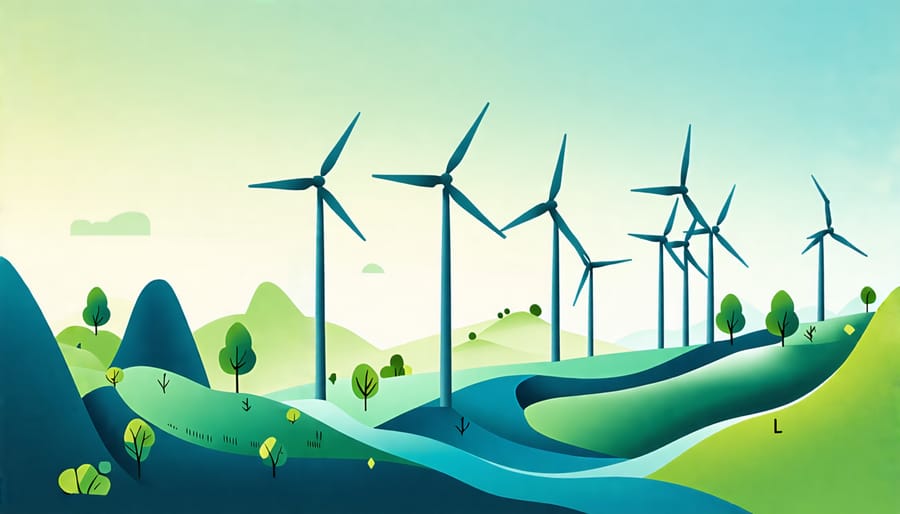
Mechanical and Chemical Recycling Methods
Recycling wind turbines presents a unique challenge given the complex materials used in their construction. Among the prominent methods being explored are mechanical and chemical recycling techniques, each offering a pathway to sustainable waste management. Mechanical grinding involves breaking down turbine parts, particularly the blades made of composite materials, into smaller, reusable pieces. This process is highly efficient for metals and has shown promise with fiberglass composites. For instance, companies in Denmark and Germany are leading the charge by repurposing ground fiberglass for use in concrete and construction materials, providing a new lease of life for these components.
On the chemical front, innovative processes focus on breaking down the chemical bonds in composite materials. These techniques utilize solvents and heat to separate the fibers and resins, which can then be used in new products, significantly reducing the environmental impact. Research and development in this area are gaining momentum, with industrial pilots proving the feasibility of these methods. An engaging example can be found in a partnership between academia and industry, where experts are creating efficient systems for the chemical recycling of epoxy resins, integral to turbine blades.
Ultimately, both mechanical and chemical recycling methods hold the key to a circular economy in the wind energy sector. Their development not only conserves resources but also underscores the renewable industry’s commitment to sustainability. As these technologies advance, they offer hope for a future where wind turbines can be fully integrated into the lifecycle of renewable materials, setting a benchmark for other sectors to follow.
Emerging Technologies and Research
Innovative strides are being made in recycling wind turbines, aiming to revolutionize how their materials are reclaimed and reused. Among the forefront of these advancements is the application of cutting-edge recycling technologies. Researchers are developing new processes that break down wind turbine blades—traditionally a recycling challenge due to their composite materials—into reusable components. Techniques such as pyrolysis, which involves heating the blades at high temperatures to separate their fibers and resins, show great promise in reclaiming valuable materials from these composites.
A notable real-life case study involves Veolia, a company in Northern Europe, which is pioneering a method to recycle turbine blades into construction materials. By converting these blades into durable panels for buildings, they save tonnes of material from landfills and create new business opportunities. Promising research also explores the use of bio-inspired materials for turbine production. These materials, being biodegradable, could dramatically simplify the recycling process.
In addition to material innovations, large collaborations between research institutions and industry leaders aim to refine logistics and recycling efficiency, reducing both costs and environmental impact. The enthusiasm and expertise surrounding these projects signal an optimistic future. As these technologies evolve, they will not only cement a more sustainable lifecycle for wind energy infrastructure but also inspire other sectors to adopt similar innovative recycling methods.
Real-Life Case Studies and Success Stories
In recent years, the wind energy sector has made significant strides toward sustainability, particularly through innovative recycling of wind turbine components. One standout case is the collaboration between GE Renewable Energy, Veolia North America, and Massachusetts-based engineers. This partnership embarked on a project to recycle decommissioned wind turbine blades into reusable materials. Traditionally, the enormous blades, often made from a composite of glass fibers and resins, presented disposal challenges. However, this initiative developed a process to transform them into pellets for cement production, substantially reducing the carbon footprint of cement manufacturing.
Another exemplary project is the wind turbine blade recycling program launched in Denmark by Vestas Wind Systems, one of the world’s leading wind energy companies. Vestas partnered with the consultancy firm, the Danish Technological Institute, to pioneer a blade recycling method that allowed 100% recovery of the blade material. This was achieved using an innovative chemical process to separate fibers from resins, producing new composite materials that could be used in the automotive industry and other sectors. Such breakthroughs have not only enhanced the circular economy in Denmark but have also set a benchmark for global efforts in sustainable wind energy.
These success stories illustrate the transformative potential of recycling within the wind energy sector. They emphasize the importance of strategic partnerships and technological innovation in tackling end-of-life challenges for wind turbines. By paving the way for eco-friendly disposal methods, these projects have contributed to reducing landfill waste and minimizing the environmental impact of wind energy production. This success plays a crucial role in enhancing the public image of wind energy as a truly sustainable and green resource.
The impact of these projects reaches beyond the renewable energy industry, inspiring further advancements in sustainable materials management and demonstrating the vital role of recycling in the broader context of global environmental stewardship.
Expert Opinions and Future Outlook
Industry experts express optimism about the future of wind turbine recycling, seeing it as a vital step towards achieving truly sustainable energy solutions. Jane McKenzie, a leading environmental engineer, points to emerging technologies that promise to make the recycling process more efficient and economically viable. For instance, innovations in material recovery are enhancing the ability to reclaim valuable components such as fiberglass and rare earth metals, which can be repurposed into new turbine blades and other products.
Experts also highlight successful collaborations between industry and academia, such as a recent initiative in Denmark, where wind farms partnered with local universities to develop methods for breaking down decommissioned blades into reusable materials. These partnerships are not only minimizing waste but also reducing the environmental footprint of wind energy.
Furthermore, policy-makers are increasingly focused on creating regulations that support recycling efforts, with incentives for companies that incorporate recycled materials into manufacturing. This forward-thinking approach not only ensures the sustainability of wind energy but also paves the way for future innovations in renewable technologies.
Conclusion
Recycling wind turbines is pivotal in forging a more sustainable energy strategy. By addressing current challenges and embracing innovative solutions, we pave the way for a greener future that harmonizes technological advancement with environmental stewardship. Engaging all stakeholders ensures that wind turbines continue to contribute positively to the planet, even at the end of their lifecycle.

